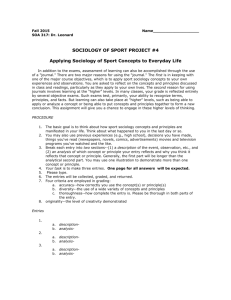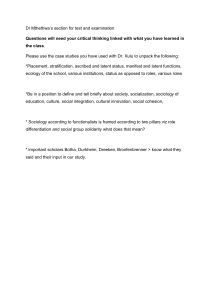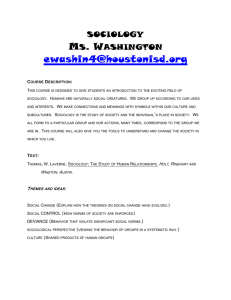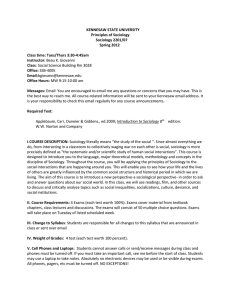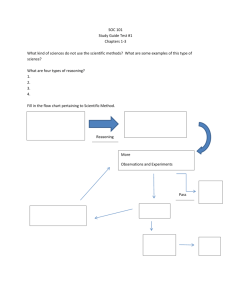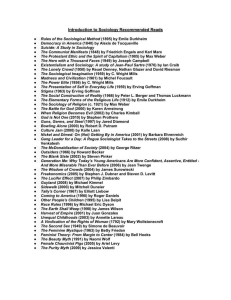Extra_Credit_Assignment 50.1 KB
advertisement
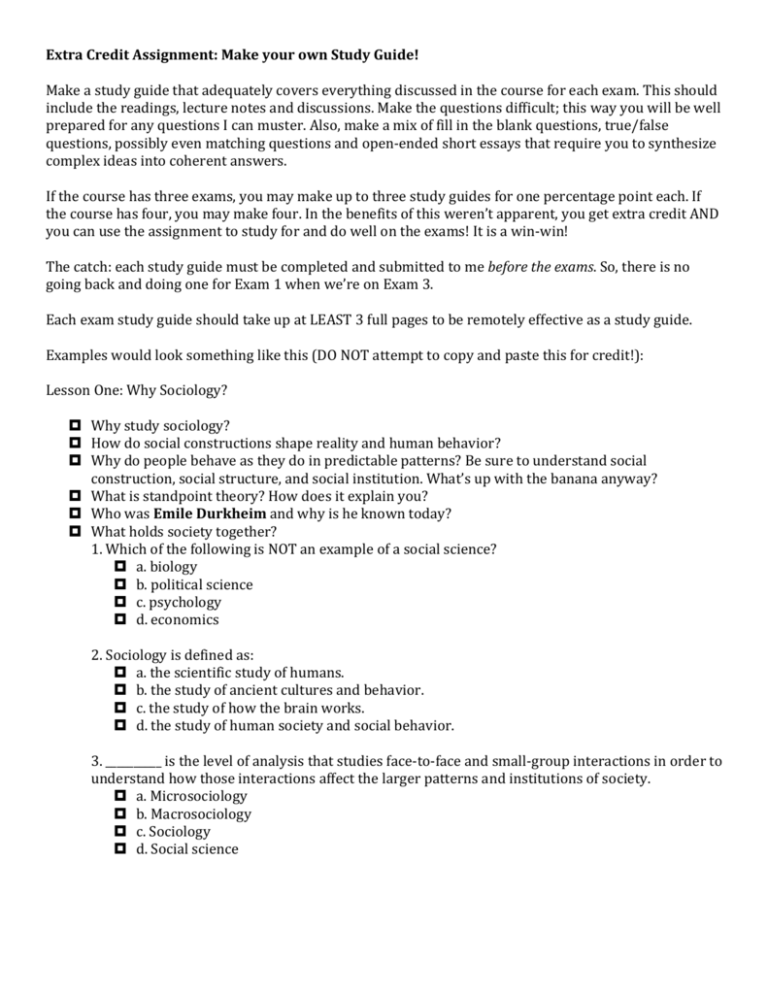
Extra Credit Assignment: Make your own Study Guide! Make a study guide that adequately covers everything discussed in the course for each exam. This should include the readings, lecture notes and discussions. Make the questions difficult; this way you will be well prepared for any questions I can muster. Also, make a mix of fill in the blank questions, true/false questions, possibly even matching questions and open-­‐ended short essays that require you to synthesize complex ideas into coherent answers. If the course has three exams, you may make up to three study guides for one percentage point each. If the course has four, you may make four. In the benefits of this weren’t apparent, you get extra credit AND you can use the assignment to study for and do well on the exams! It is a win-­‐win! The catch: each study guide must be completed and submitted to me before the exams. So, there is no going back and doing one for Exam 1 when we’re on Exam 3. Each exam study guide should take up at LEAST 3 full pages to be remotely effective as a study guide. Examples would look something like this (DO NOT attempt to copy and paste this for credit!): Lesson One: Why Sociology? ¤ Why study sociology? ¤ How do social constructions shape reality and human behavior? ¤ Why do people behave as they do in predictable patterns? Be sure to understand social construction, social structure, and social institution. What’s up with the banana anyway? ¤ What is standpoint theory? How does it explain you? ¤ Who was Emile Durkheim and why is he known today? ¤ What holds society together? 1. Which of the following is NOT an example of a social science? ¤ a. biology ¤ b. political science ¤ c. psychology ¤ d. economics 2. Sociology is defined as: ¤ a. the scientific study of humans. ¤ b. the study of ancient cultures and behavior. ¤ c. the study of how the brain works. ¤ d. the study of human society and social behavior. 3. __________ is the level of analysis that studies face-­‐to-­‐face and small-­‐group interactions in order to understand how those interactions affect the larger patterns and institutions of society. ¤ a. Microsociology ¤ b. Macrosociology ¤ c. Sociology ¤ d. Social science


